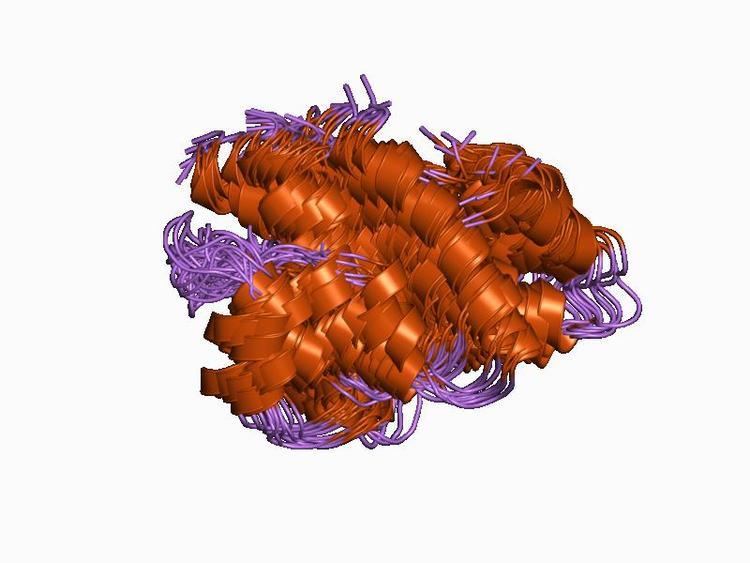Symbol ANATO InterPro IPR000020 PROSITE PDOC00906 | Pfam PF01821 SMART ANATO SCOP 1c5a | |
 | ||
Anaphylatoxins, or complement peptides, are fragments (C3a, C4a and C5a) that are produced as part of the activation of the complement system. Complement components C3, C4 and C5 are large glycoproteins that have important functions in the immune response and host defense. They have a wide variety of biological activities and are proteolytically activated by cleavage at a specific site, forming a- and b-fragments. A-fragments form distinct structural domains of approximately 76 amino acids, coded for by a single exon within the complement protein gene. The C3a, C4a and C5a components are referred to as anaphylatoxins: they cause smooth muscle contraction, histamine release from mast cells, and enhanced vascular permeability. They also mediate chemotaxis, inflammation, and generation of cytotoxic oxygen radicals. The proteins are highly hydrophilic, with a mainly alpha-helical structure held together by 3 disulfide bridges.
Contents
Function
Anaphylatoxins are able to trigger degranulation (release of substances) of endothelial cells, mast cells or phagocytes, which produce a local inflammatory response. If the degranulation is widespread, it can cause a shock-like syndrome similar to that of an allergic reaction.
Anaphylatoxins indirectly mediate:
Examples
Important anaphylatoxins:
Terminology
Although some drugs (morphine, codeine, synthetic ACTH) and some neurotransmitters (norepinephrine, substance P) are important mediators of degranulation of mast cells or basophils, they are generally not called anaphylatoxins. This term is reserved only for fragments of the complement system.
